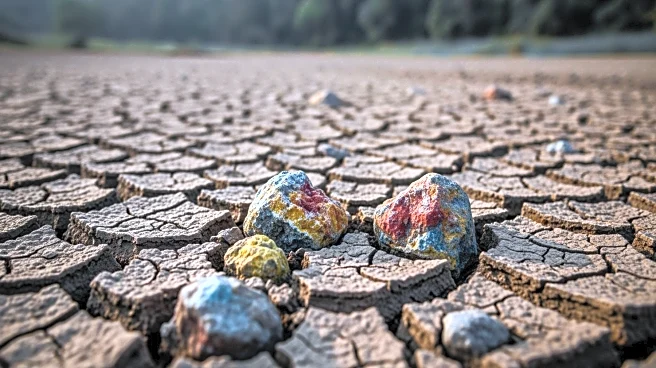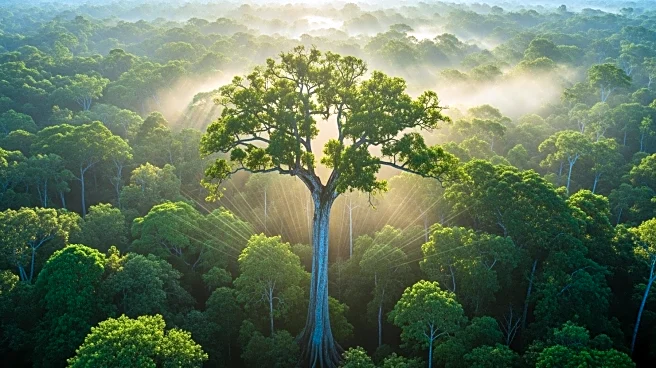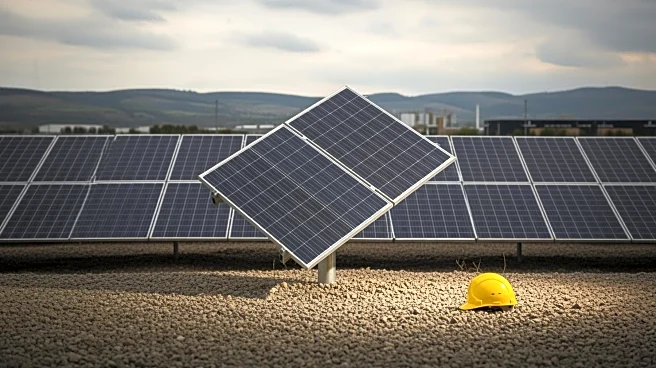What's Happening?
A study by the Stimson Center reveals that over 2,400 mines in Southeast Asia, many illegal and unregulated, are potentially releasing toxic chemicals into river systems. These mines, including rare earth
and gold mining sites, are contaminating major rivers like the Mekong, affecting millions of people and ecosystems. The study highlights the presence of arsenic and heavy rare earths in the Kok River, linked to mining activities in Myanmar. The contamination poses health risks to local communities and impacts global consumers, as products from the Mekong Basin are widely exported.
Why It's Important?
The environmental impact of unregulated mining in Southeast Asia is significant, threatening the health and livelihoods of millions of people. The contamination of major rivers like the Mekong, which supports a large population and global exports, underscores the need for stricter regulations and international cooperation. The study highlights the geopolitical implications, as China-backed mining operations in Myanmar contribute to pollution. Addressing these issues is crucial for sustainable development and environmental protection in the region.
What's Next?
The Thai government has established task forces to monitor the health impact of mining and secure alternative water supplies for affected communities. International cooperation and stricter regulations are needed to address the environmental risks and ensure sustainable mining practices. The study may prompt further research and policy changes to protect Southeast Asia's river systems and communities.













